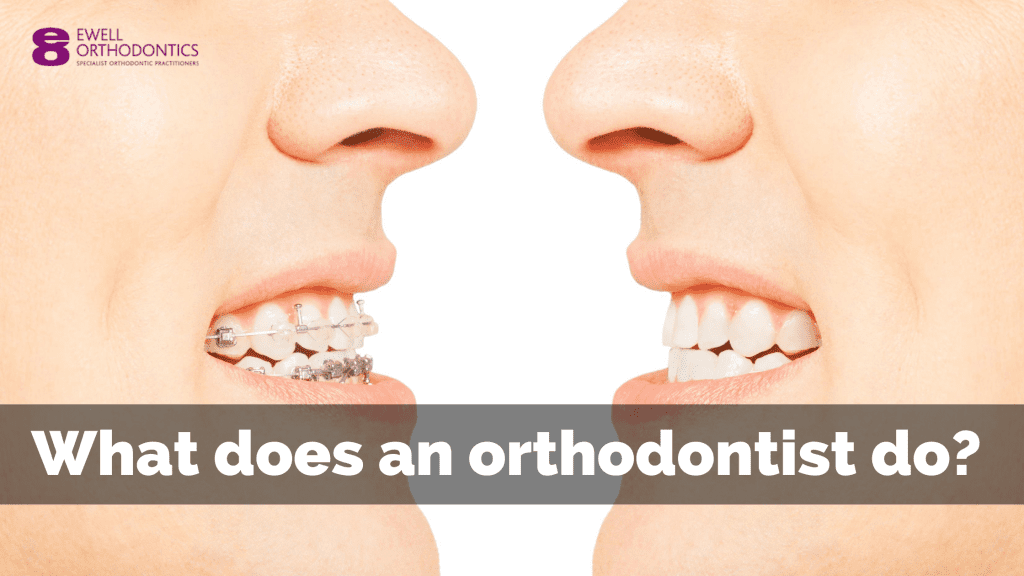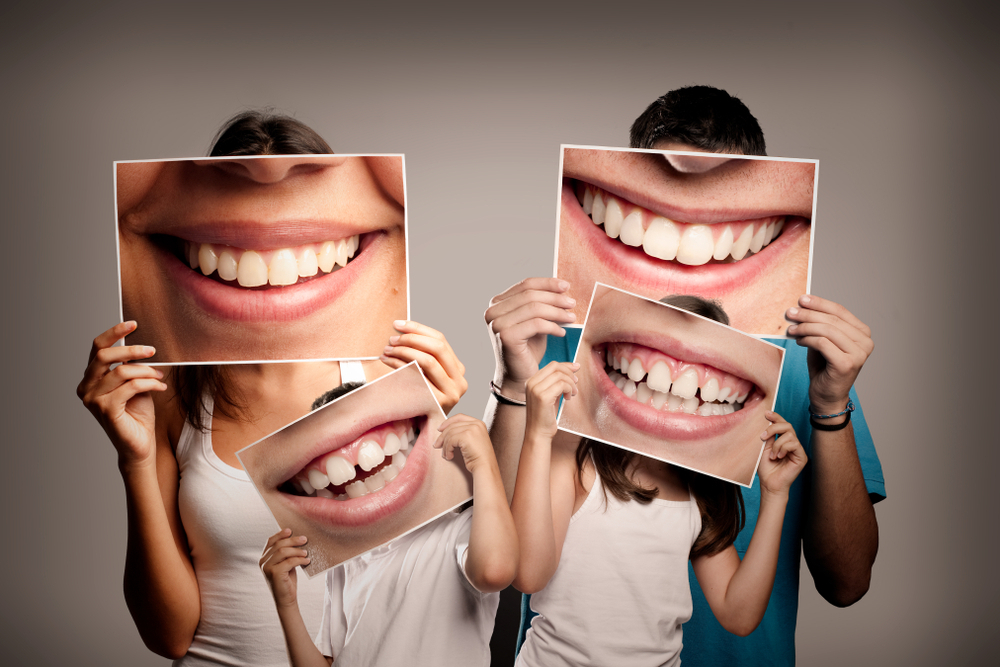The Buzz on Legacy Orthodontics
Table of ContentsThe smart Trick of Legacy Orthodontics That Nobody is DiscussingAbout Legacy OrthodonticsThe Best Guide To Legacy OrthodonticsLegacy Orthodontics Fundamentals ExplainedSome Ideas on Legacy Orthodontics You Need To Know
At Advanced Orthodontics, we give patients with a alternative treatment experience. Furthermore, we use flexible therapy timetables, adaptable repayment choices and a fun, pleasurable experience. leesburg braces. Telephone call ( 480) 357-4900 today for even more details and schedule a visit.An orthodontist is a dentist trained to identify, stop, and treat teeth and jaw abnormalities. They fix existing conditions and are educated to determine troubles that may develop in the future. Orthodontists deal with people of all ages, from kids to adults. Individuals commonly connect a best smile with good health.
Malocclusion, or misaligned teeth, can lead to oral problems, including dental caries, gum tissue illness, and tough or agonizing chewing. Not everybody is birthed with straight teeth. If you have a bad bite or big areas in between your teeth, you might want to seek advice from a dentist concentrating on orthodontic treatment.
The Ultimate Guide To Legacy Orthodontics
( Picture Credit Report: DigitalVision/Getty Images) Orthodontists make use of fixed and detachable oral gadgets, like braces, retainers, and bands, to alter the placement of teeth in your mouth. Orthodontic therapy is for oral irregularities, including: Crooked teethBite issues, like an overbite or an underbiteCrowded teeth or teeth that are as well much apartJaw misalignmentThe objective of orthodontic treatment is to enhance your bite.
A healthy bite guarantees you can consume, chew, and speak appropriately. While you may consider orthodontists as mainly for children or teens who need dental braces, they can deal with dental issues at any type of age. Orthodontists attend university, dental institution, and orthodontic institution. After college graduation, they invest 2 or 3 years in an orthodontic residency program.
All orthodontists are dental experts, however not all dental experts are orthodontists. Orthodontic residency programs offer intensive, focused direction for oral specialists. They concentrate on two locations: How to appropriately and safely move teeth Exactly how to correctly assist advancement in the teeth, jaw, and faceOnce an orthodontist has finished training, they have the choice to become board licensed.
The Ultimate Guide To Legacy Orthodontics
Imbalance, or malocclusion, is one of the most usual reason individuals see an orthodontist. It is genetic and is the result of size distinctions in between the top and reduced jaw or between the jaw and teeth. Malocclusion causes tooth overcrowding, an askew jaw, or uneven bite patterns. Malocclusion is usually treated with: Your orthodontist connects steel, ceramic, or plastic square bonds to your teeth.
Some people require a headwear to aid relocate teeth right into line with pressure from outside the mouth. A retainer is a personalized device that keeps your teeth in location.
They're usually utilized on youngsters. They can create extra space in the mouth without having to pull teeth. If you have a severe underbite or overbite, you could need orthognathic surgery (additionally called orthodontic surgical procedure) to extend or shorten your jaw. Orthodontists use cables, surgical screws, or plates to sustain your jaw bone.
You may need to see an orthodontist if you have: Crowding or not enough room for every one of your teethOverbite, when your upper teeth come over your bottom teethUnderbite, when your bottom teeth are as well much forwardSpacing or concerns with gapsCrossbite, which is when your top teeth fit behind your base teeth when your mouth is closedOpen bite or a vertical gap in between your front bottom and upper teethMisplaced midline, when the facility of your base and top teeth don't line up Remedying an oral malocclusion can: Make attacking, chewing, and speaking easierImprove the balance of our face and your general appearanceEase discomfort from temporomandibular joint disordersSeparate your teeth and make them easier to clean up, assisting avoid dental caries or cavities It's frequently a dental practitioner that initially notices misaligned teeth throughout a routine exam.
The 5-Second Trick For Legacy Orthodontics

During your first orthodontic consultation, you'll likely have: An oral examPhotos taken of your face and smileDental X-raysPanoramic (360 level) X-rays of your face and headImpressions to develop mold and mildews of your teethThese tests will help your orthodontist understand exactly how to wage your treatment. orthodontist. An orthodontist is a dentist that's had training to treat your teeth and jaw
Orthodontists might execute surgery, exams,X-rays,and even more to assist you achieve a more comfy, healthier smile. An orthodontist is concentrated on your bite, so something like a broken tooth would certainly be managed by a dental practitioner. Orthodontists are dentists yet not all dental experts are orthodontists. Orthodontists are focused on your bite, or the way your teeth meshed, and the straightness of your teeth.
Ever asked yourself how stars always seem to have perfectly lined up teeth? Orthodontists are oral professionals who focus on dealing with irregularities in the teeth and jaws.
The Facts About Legacy Orthodontics Uncovered

, orthodontists have a diverse toolkit at their disposal. These tried-and-true dental braces utilize a system of brackets bonded to the teeth and attached by cables.
Clear aligners, like Invisalign, are a popular alternative for individuals seeking a more very discreet therapy choice. These removable trays are tailor-made to considerably move the teeth's position. Headwear may be made use of along with braces or aligners to use additional targeted pressures, especially for remedying jaw inconsistencies. In instances of slim jaws, palatal expanders can be made use of to develop room for appropriate tooth positioning.